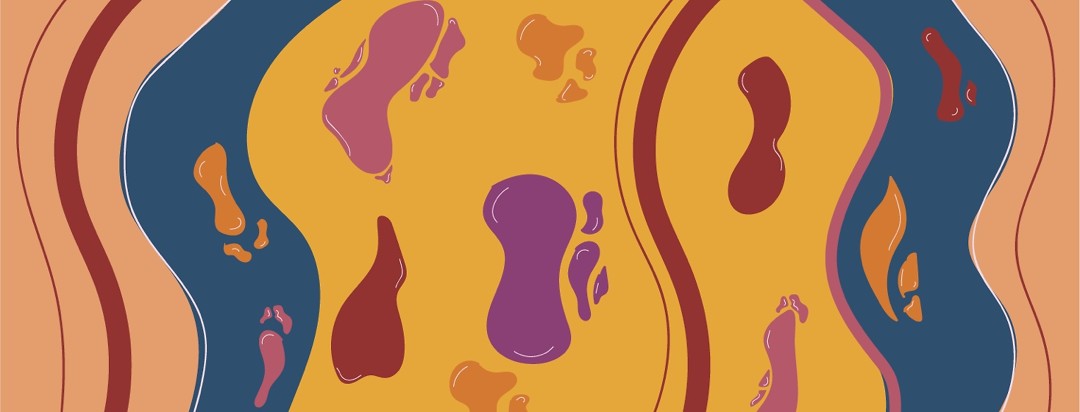The Difference between Genital Psoriasis and STDs
Psoriasis is a chronic skin condition that affects as many as 2% to 2.6% of Americans.1 The symptoms of psoriasis are different for different people.
Plaque psoriasis most often shows up on the scalp, knees, outside of the elbows, and lower back. However, psoriasis can occur anywhere—on skin folds, eyes, ears, nails, hands and feet, and even on your genitals.2
What is genital psoriasis?
It can feel worrisome or confusing to find rough, bumpy skin or shiny, irritated skin on your genitals. You might be concerned that you have a sexually transmitted disease or another contagious skin condition.
Some people also worry that genital psoriasis could be mistaken for a sexually transmitted disease (STD) to their sexual partners. Some STDs also cause symptoms on the skin of the genitals. Herpes, for example, can cause a blister-like rash, while HPV causes genital warts.
The good news is that genital psoriasis is not contagious. It cannot be caught from other people or passed on to sexual partners. This is different from sexually transmitted diseases, which are caused by bacteria or viruses and can be caught and transmitted during sexual contact.
Let's talk symptoms
Genital psoriasis generally shows up as inverse psoriasis. This kind of psoriasis also occurs in body creases and appears as smooth, dry, red patches.4
Psoriasis mainly affects the outer skin layers of the genitals, since the condition tends not to affect mucous membranes. The thin, moist skin inside the labia (also known as lips) surrounding the vagina plus the skin inside the vagina itself are both mucous membranes.3 STDs, on the other hand, can affect mucous membranes and can cause lesions inside the vagina and on the tender parts of the vulva.
In general, genital psoriasis can occur on the:3
- Pubis, the area above the genitals where the pubic bone is located
- Upper thighs
- Creases where the thighs meet the groin
- Genitals
- Anus and surrounding skin
- Crease between the buttocks
How is genital psoriasis diagnosed?
A healthcare provider can usually diagnose genital psoriasis simply by looking. It might sometimes be necessary to culture or biopsy the skin to rule out other conditions like herpes or fungal infections, which also cause skin lesions. But these are usually distinctive-looking conditions to a trained healthcare professional.2
In addition, STDs like herpes cause other flu-like symptoms, including swollen glands and fever. These kinds of symptoms are absent with genital psoriasis.
Treatment options
Genital psoriasis can be frustrating to manage, but it generally responds well to treatment. The most common treatments are topical ointments and ultraviolet (UV) light. Because the skin in the genital area is often more delicate and sensitive than other skin on the body, it is important to use gentle preparations.3
Tips to communicate with a partner
It can be uncomfortable, painful, and sometimes embarrassing to have a visible skin condition like psoriasis on your genital area. A recent study showed that a full 90% of participants with genital psoriasis felt that the condition impacted their sex lives.5
Some of this difficulty can be avoided by having frank, open conversations with your sexual partners. It is safe and accurate to reassure them that your condition is not contagious and that it is not an STD.

Join the conversation